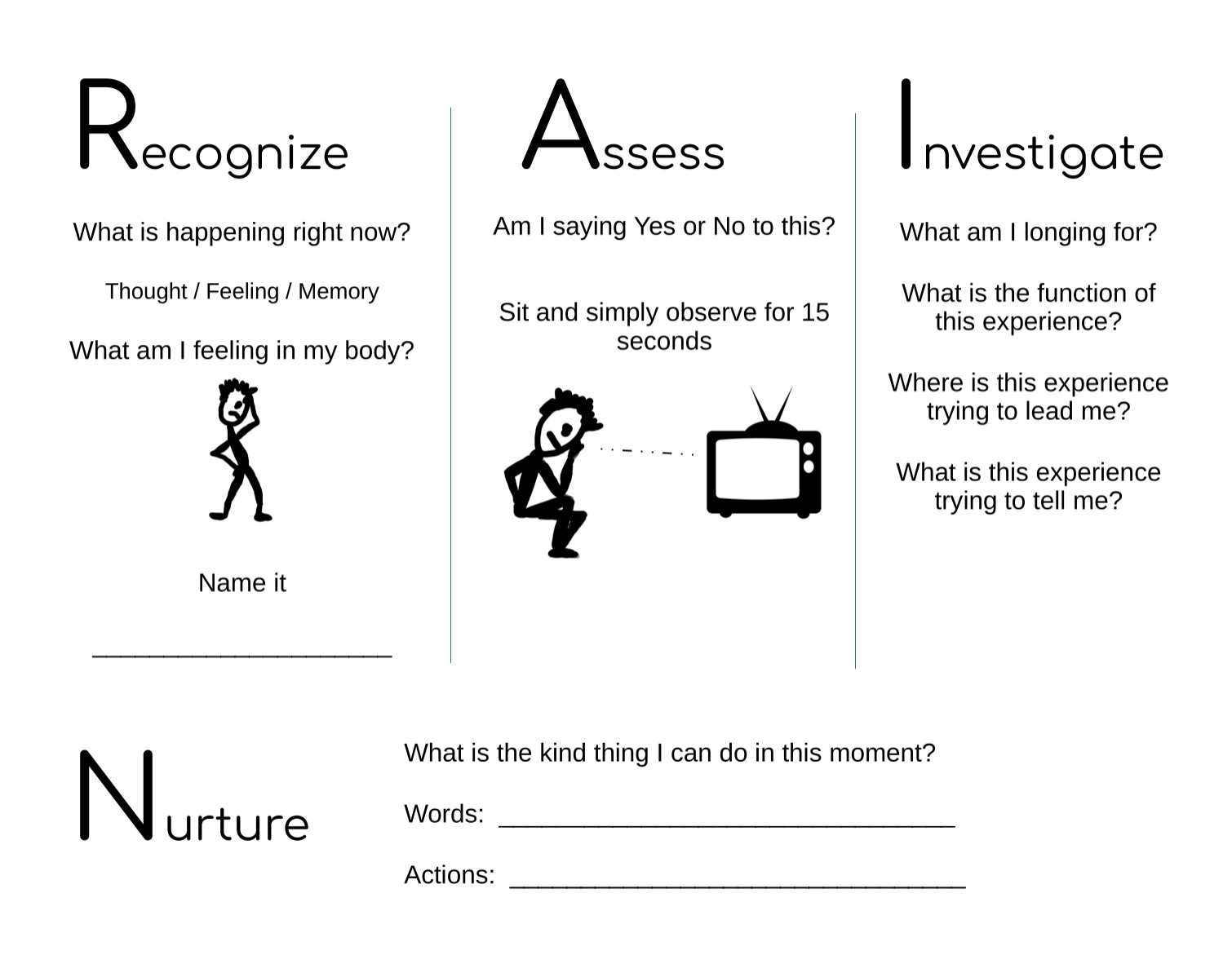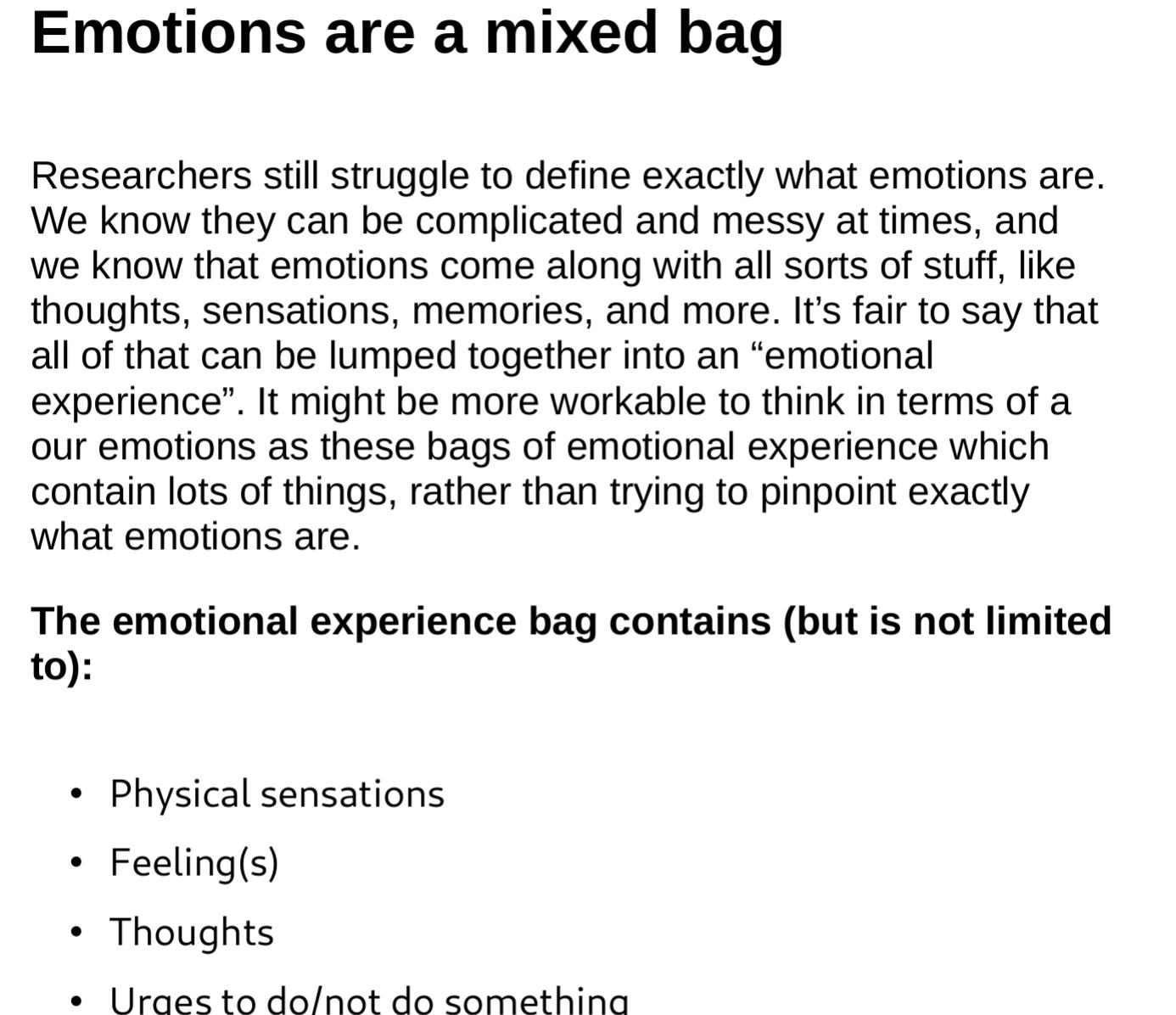For those of you who do DNA-V with adolescents and children, I’ve created this simple worksheet. Download here
To use this activity with clients have them think of a situation/event/person/place/thing and write or draw it in the center circle marked “Situation”.
From there you can explore how the Discoverer, Noticer, and Advisor view what’s in the circle, experiment with different ways of viewing it, etc.
The backdrop of the sheet is values, which underlie everything we do. After examining the situation from the advisor’s point of view, noticer’s, and discoverer’s we can extract what values may be significant.
To warm up with this activity I like to experiment with placing literally anything in the center circle (my wedding ring for example) and watching what our Advisor, Noticer, and Discoverer do with it.
As always, let me know if you have any other creative ways of using this activity.











